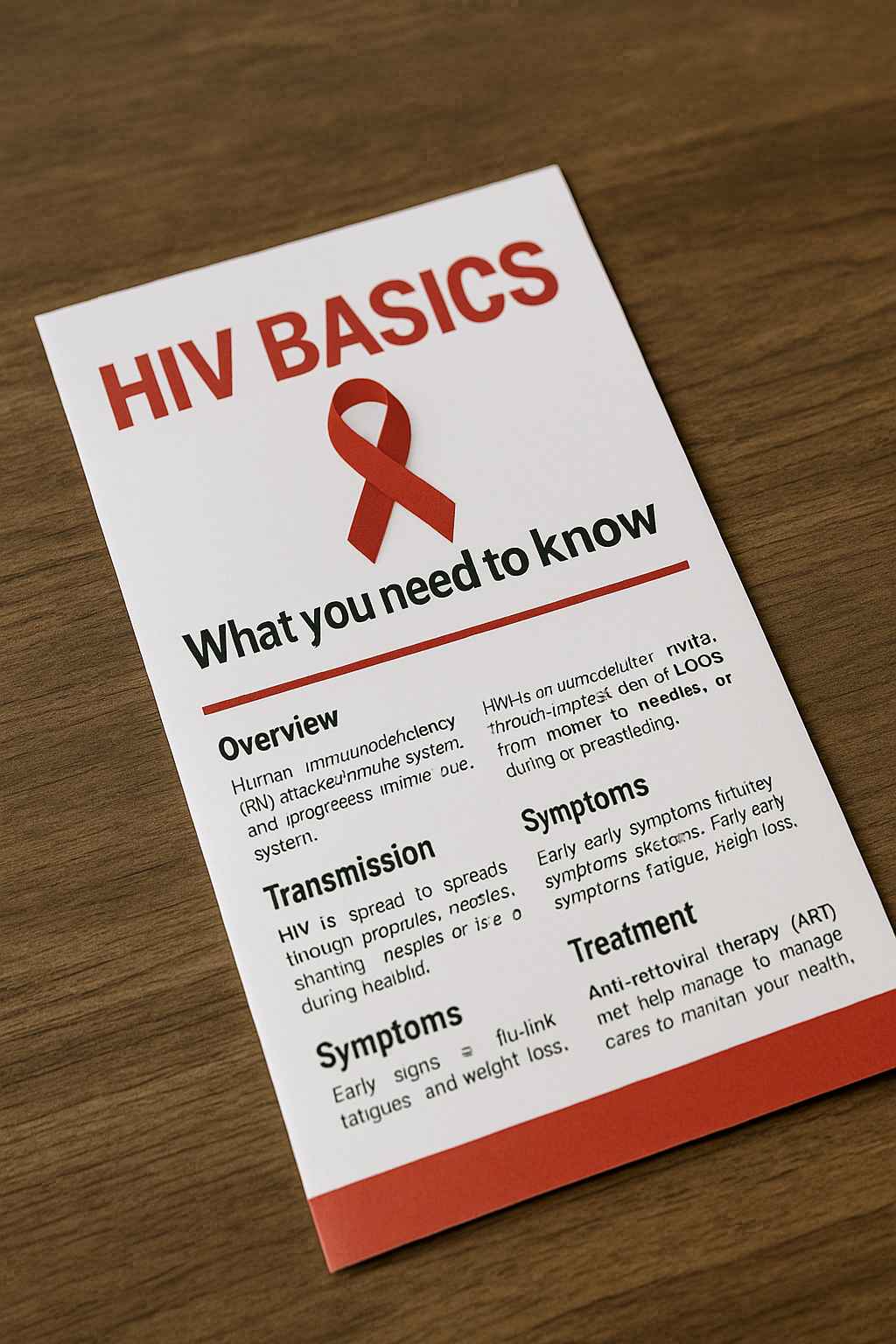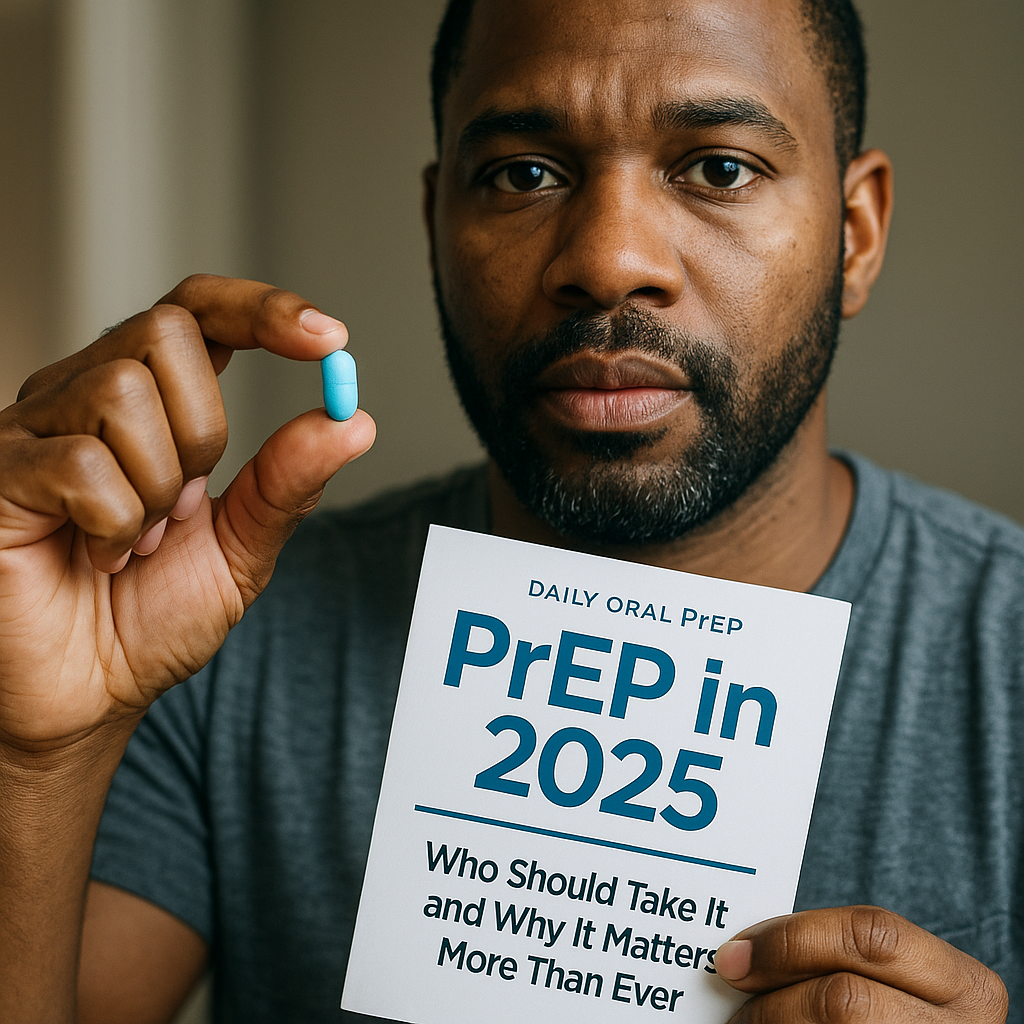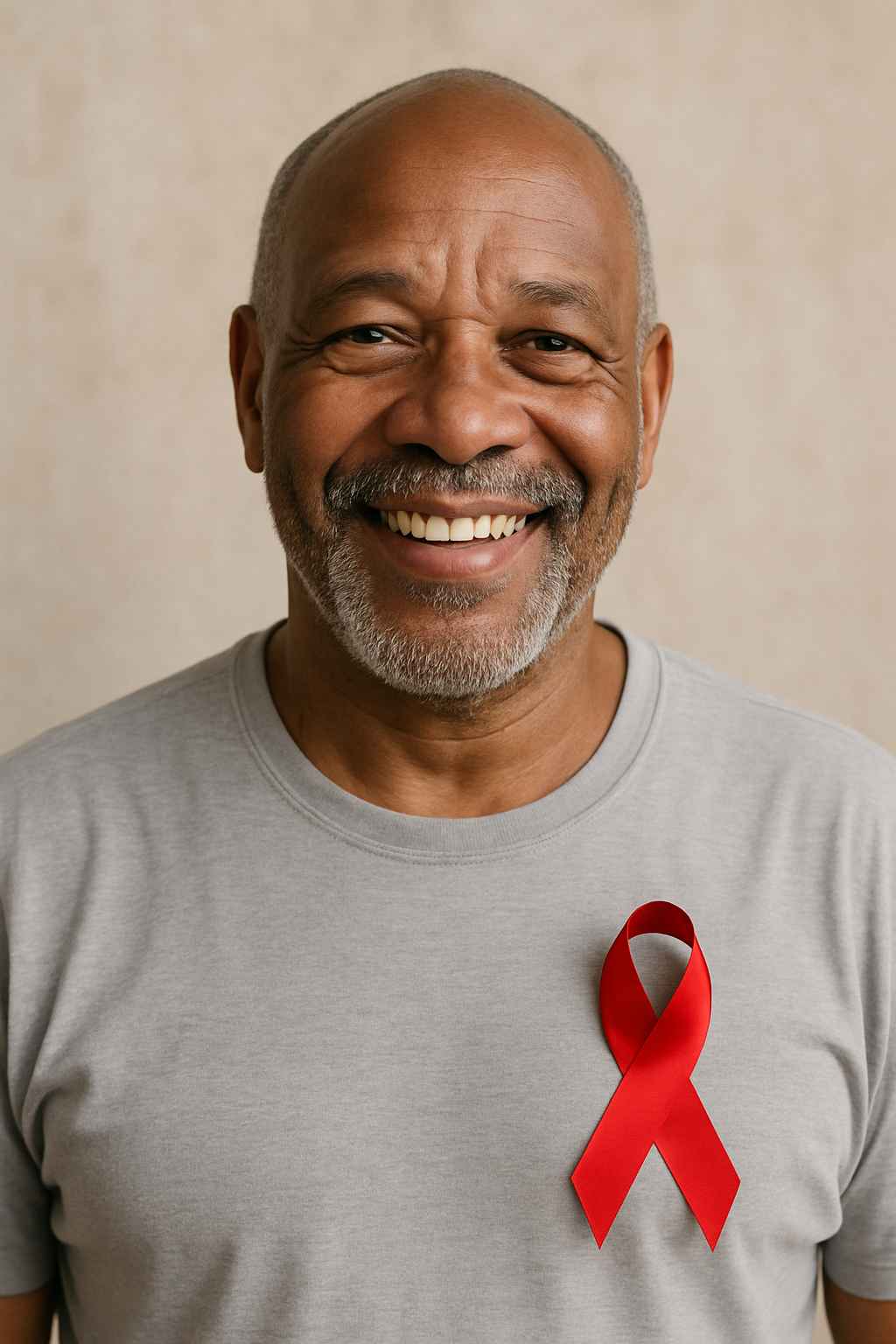
Understanding the fundamentals of HIV is essential for patients and caregivers alike. With medical advances reshaping treatment and prevention, staying informed empowers people to manage HIV more confidently. This guide will walk through the most important HIV basics, covering what HIV is, how it’s transmitted, treatment strategies, and support systems.
Table of Contents
- What Is HIV and How Does It Work?
- HIV Transmission and Risk Factors
- Testing and Diagnosis
- Antiretroviral Treatment (ART)
- Living with HIV: Practical Tips for Patients and Caregivers
What Is HIV and How Does It Work?
Human Immunodeficiency Virus (HIV) is a virus that attacks the immune system, specifically the CD4 cells (T cells), which help the body fight infections. If left untreated, HIV can lead to Acquired Immunodeficiency Syndrome (AIDS), a late stage of infection characterized by a severely weakened immune system.
However, it’s important to note that HIV is now manageable. Thanks to early diagnosis and effective treatment, many people with HIV live long, healthy lives. HIV basics begin with recognizing that HIV is not a death sentence, but a chronic condition that can be controlled.
The virus progresses in three stages:
- Acute HIV infection (2-4 weeks after transmission)
- Chronic HIV infection (clinical latency)
- AIDS, the most severe phase
Understanding these stages helps both patients and caregivers anticipate medical and emotional needs over time.
HIV Transmission and Risk Factors
HIV is spread through specific body fluids, such as:
- Blood
- Semen and vaginal fluids
- Rectal fluids
- Breast milk
The most common methods of transmission include:
- Unprotected sex with an HIV-positive partner
- Sharing needles or syringes
- Mother-to-child transmission during childbirth or breastfeeding
- Blood transfusions (rare in developed countries due to screening)
Notably, HIV cannot be spread through casual contact, saliva, or insect bites. Dispelling myths around transmission is a vital part of education. For a deeper look at risk and prevention, visit AIDS.org’s blog.
Risk factors include having multiple sexual partners, engaging in unprotected sex, and using injectable drugs. Pre-exposure prophylaxis (PrEP) and post-exposure prophylaxis (PEP) are recommended for high-risk individuals to prevent infection.
Testing and Diagnosis
Early testing is the gateway to effective treatment. Rapid tests, home kits, and lab-based tests can detect HIV within weeks of exposure. In 2025, many clinics offer fourth-generation tests that identify both HIV antibodies and antigens, allowing earlier detection.
Patients should get tested:
- At least once a year if sexually active
- Immediately after potential exposure
- As part of routine prenatal care
If a test is positive, confirmatory testing is necessary. Once diagnosed, individuals undergo a baseline evaluation, including CD4 count and viral load testing. These markers help guide treatment decisions and track disease progression.
For more testing and care options near you, visit Healthcare.pro.
Antiretroviral Treatment (ART)
Antiretroviral therapy is the cornerstone of HIV management. It involves taking a combination of medicines daily to suppress the virus. ART prevents HIV from multiplying, allowing the immune system to repair itself.
Modern HIV medications include:
- Biktarvy (bictegravir/emtricitabine/tenofovir alafenamide)
- Dovato (dolutegravir/lamivudine)
- Cabenuva (a long-acting injectable regimen)
Adherence is critical. Missing doses can lead to drug resistance and viral rebound. Fortunately, simplified regimens, fewer side effects, and digital reminders have improved adherence in recent years.
A suppressed viral load not only benefits the patient but also prevents transmission. The concept of “U=U” (Undetectable = Untransmittable) highlights that individuals with an undetectable viral load cannot pass the virus through sex.
Living with HIV: Practical Tips for Patients and Caregivers
Managing HIV goes beyond taking medication. Lifestyle, mental health, and support systems play an important role. Here are practical steps for patients and caregivers:
For Patients:
- Stay consistent with ART and attend regular medical checkups.
- Eat a balanced diet to support immune health.
- Exercise regularly to boost mood and cardiovascular health.
- Monitor mental health, as depression and anxiety are common.
- Avoid risky behaviors such as sharing needles or unprotected sex.
For Caregivers:
- Educate yourself about HIV basics and treatment.
- Provide emotional support and listen without judgment.
- Assist with medical appointments and help manage medications.
- Promote confidentiality to reduce stigma.
Support groups and community organizations offer resources, peer counseling, and educational workshops that make a meaningful difference in both lives.
For more educational tools and caregiver support, see our full resource library at AIDS.org.
Conclusion
Understanding HIV basics empowers patients to live longer, healthier lives and enables caregivers to offer meaningful support. With early diagnosis, effective ART, and informed care, HIV is a manageable condition. The more we educate ourselves, the closer we get to ending stigma and improving outcomes for everyone affected by HIV.
FAQs
What does HIV do to the body? HIV attacks the immune system, specifically CD4 cells, making it harder for the body to fight infections and diseases.
How can I tell if I have HIV? The only way to know is to get tested. Symptoms like fatigue, fever, or rash may appear early but are not exclusive to HIV.
Can HIV be cured? There is no cure yet, but ART can suppress the virus to undetectable levels, allowing people to live long, healthy lives.
Is HIV still a risk in 2025? Yes. While treatments have improved, new infections still occur, especially in communities with limited access to prevention and care.
Where can I find support after a diagnosis? Support groups, counseling services, and platforms like Healthcare.pro can connect you with trusted professionals and resources.
Disclaimer
“This content is not medical advice. For any health issues, always consult a healthcare professional. In an emergency, call 911 or your local emergency services.”



